Western European Broadleaf Forests
The ecoregion’s land area is provided in units of 1,000 hectares. The conservation target is the Global Safety Net (GSN1) area for the given ecoregion. The protection level indicates the percentage of the GSN goal that is currently protected on a scale of 0-10. N/A means data is not available at this time.
Bioregion: European Interior Mixed Forests (PA12)
Realm: Western Eurasia
Ecoregion Size (1000 ha):
49,346
Ecoregion ID:
686
Conservation Target:
48%
Protection Level:
6
States: France, Germany, Czech Republic, Switzerland, Austria, Belgium, Poland, Luxembourg, Liechtenstein, Netherlands
From gentle, rolling hills to rugged mountain peaks, this region encompasses glacial lakes, mountain peat bogs, and deep canyons. Primeval mountain beech forests dominate here and are one of the most important forest trees in Central Europe. They once covered approximately 40% of Europe. Beech stands remain in one of the largest wilderness areas in central Europe, in the Bohemian and Bavarian Forests. Large mammals are few and far between, however, the Eurasian lynx has been re-introduced here as well as in other regions.

The flagship species of the Western European Broadleaf Forests ecoregion is the short-toed snake eagle. Image credit: Rudraksha Chodankar, Creative Commons
This ecoregion covers a large part of Western Europe, including the upland areas of massif central, central German uplands, Jura mountains, Bavarian plateau, and Bohemium massif. Some of the highest peaks include the Great Arber (1,456 m), Cret de la neige (1,718 m), and Puy de Sancy (1,885 m). The region experiences high rainfall, with annual rainfall around 1,000 mm in the Jura mountain valleys, reaching more than 2,030 mm at higher elevations.
Vast areas of original lowland and alt-montane mixed forests have been converted into plantations of Norway Spruce. The remnant native forests exist as islands of natural climax Norway spruce forests, mixed beech-fir-spruce forests (European beech, silver fir), and relict Scots pine forests. The European beech represents the main climax tree species in Central Europe’s temperate zone. They often have a diverse array of plants underneath their canopies, including oak forest woodrush, dog’s mercury, lesser celandine, pendulous wood carex, European blueberry, eagle fern, wood anemone. Other prominent ecosystems include mountain raised bogs, characterized by dwarf mountain pine and peat moss communities, and montane grasslands with Bistort, melancholy thistle, and Hungarian gentian.
An important hotspot for fen biodiversity can be found in the south-eastern part of the Bohemian Massif. There are a good variety of animals, but most large mammals are in decline. The continent’s largest cat, the Eurasian lynx, have been re-introduced in regions including the Bavarian forest and the Jura mountains. Other mammals found here include the roe deer and chamois, which are the lynx’s main prey, as well as red deer, otters, beavers, and northern birch mouse.
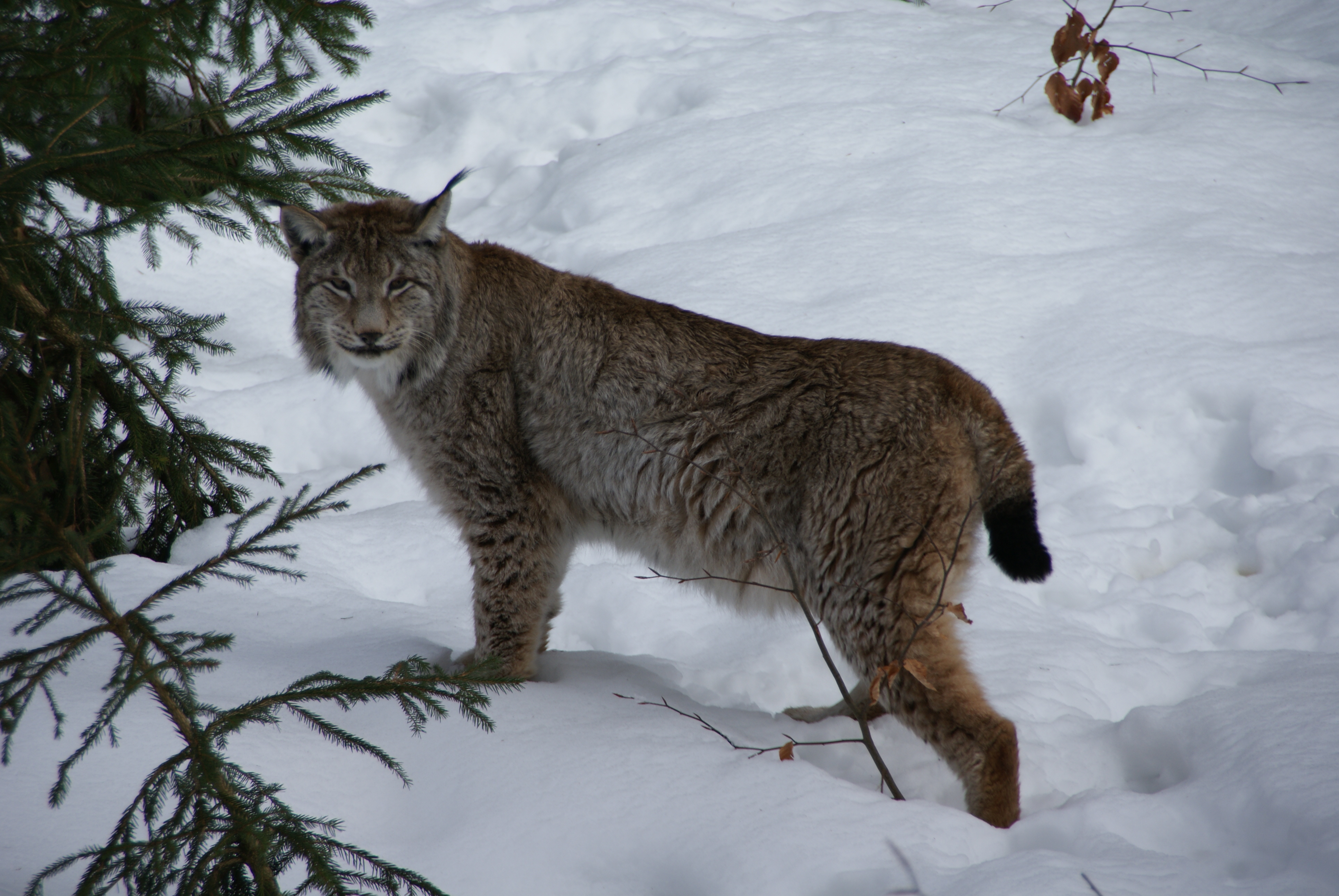
Eurasian lynx. Image credit: Creative Commons
A characteristic bird in this region is the capercaillie. Other birds include the red-breasted flycatcher, ring ouzel, Eurasian three-toed woodpecker, and the black grouse. The Tarn and Allier gorge areas are particularly rich in birds of prey. Hundreds of griffon vultures reside here after re-introduction in the 1990s and Europe’s largest population of short-toed snake eagles are found in Allier gorge. In terms of reptiles, the common European viper can be found in fragmented populations throughout the region.
The region has been heavily influenced by human activities since the Iron Age. Primary European temperate forests are rare, due to their long history of continuous exploitation by humans. Forests have been used for wood products, fuel, and through conversion to agriculture and settlements. Much of the remaining habitat is found in protected areas, including: Rhin supérieur / Oberrhein ramar site in France; Vogelsberg and Sollingvorland Special Protection Areas in Germany; and Šumava and Krkonoše UNESCO-MAB Biosphere Reserves In Czech Republic.
Current threats to this region’s habitats include water and air pollution, extensive logging, tourism development including ski resorts, and the clearing of forests for agriculture. Despite the protection status of the Eurasian lynx, they are persecuted or poached due to competition with hunters for ungulates (roe and red deer), and together with mortalities from road kills their populations are severely threatened. The common European viper is threatened by habitat fragmentation and human persecution. Climate change is likely to have an impact on these forests, particularly the Norway spruce, which are a cold-adapted species that will suffer from habitat loss with a future increase in the intensity and frequency of summer droughts.
The priority conservation actions for the next decade will be to: 1) restore wetlands and original natural forests; 2) create public awareness of the Eurasian lynx to help gain acceptance among the hunting community to avoid their persecution, allowing the lynx population to re-establish in all suitable habitats, and potentially expand into the Alps; and 3) improve species management and protection, including the lynx, through cooperation across borders.
Citations
- Breitenmoser-Würsten, C., Vandel, J.M., Zimmermann, F. and Breitenmoser, U. 2007. Demography of lynx Lynx lynx in the Jura Mountains. Wildlife Biology. 13(4), pp.381-393
- Bayerischer Wald National Park. 2019. Animals. [Online]. [Accessed 6 September 2019]. Available from: https://www.nationalpark-bayerischer-wald.bayern.de/english/nature/animals/index.htm
- Janík, T. and Romportl, D. 2016. Comparative landscape typology of the Bohemian and Bavarian Forest National Parks. European Journal of Environmental Sciences. 6(2).
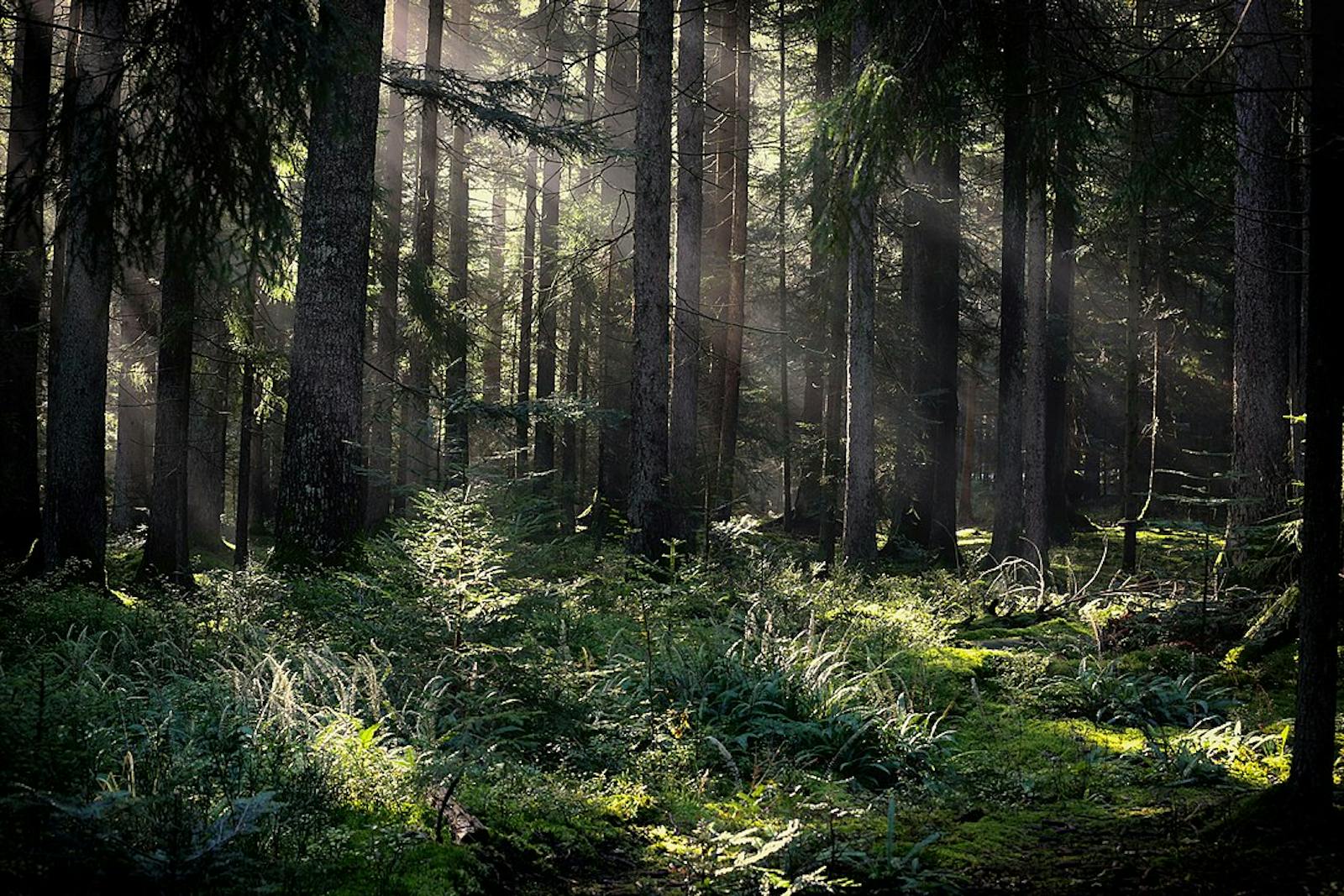

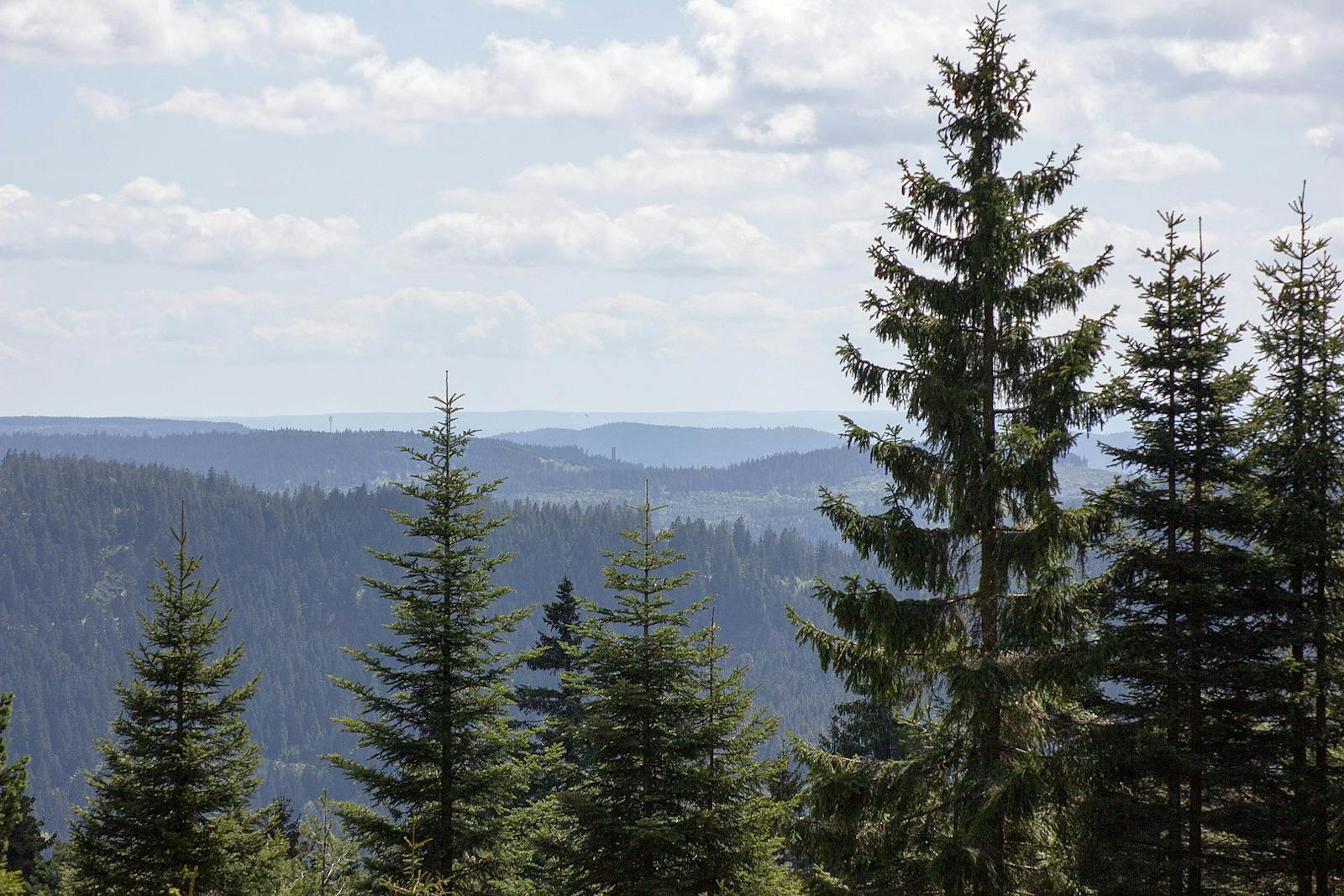
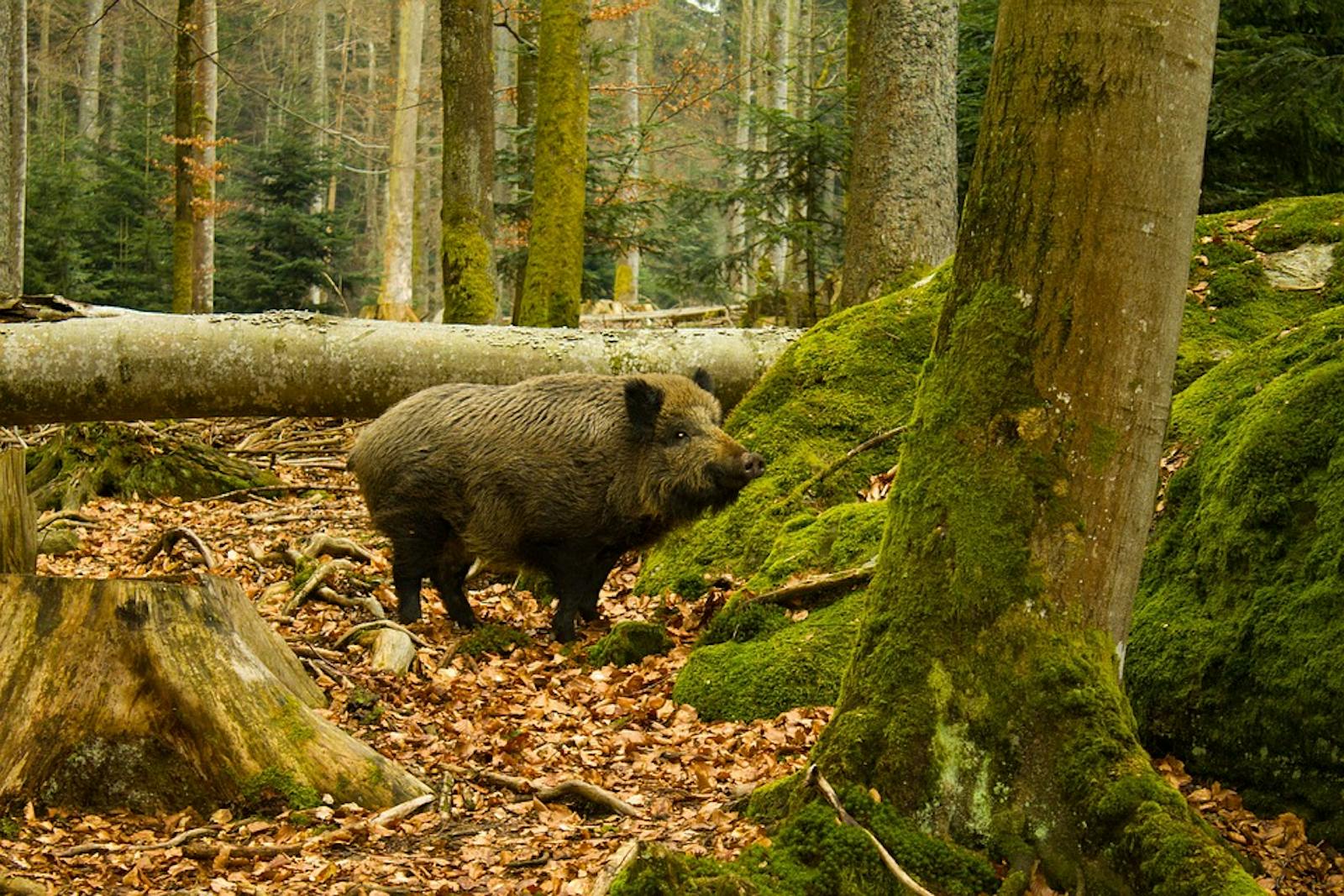
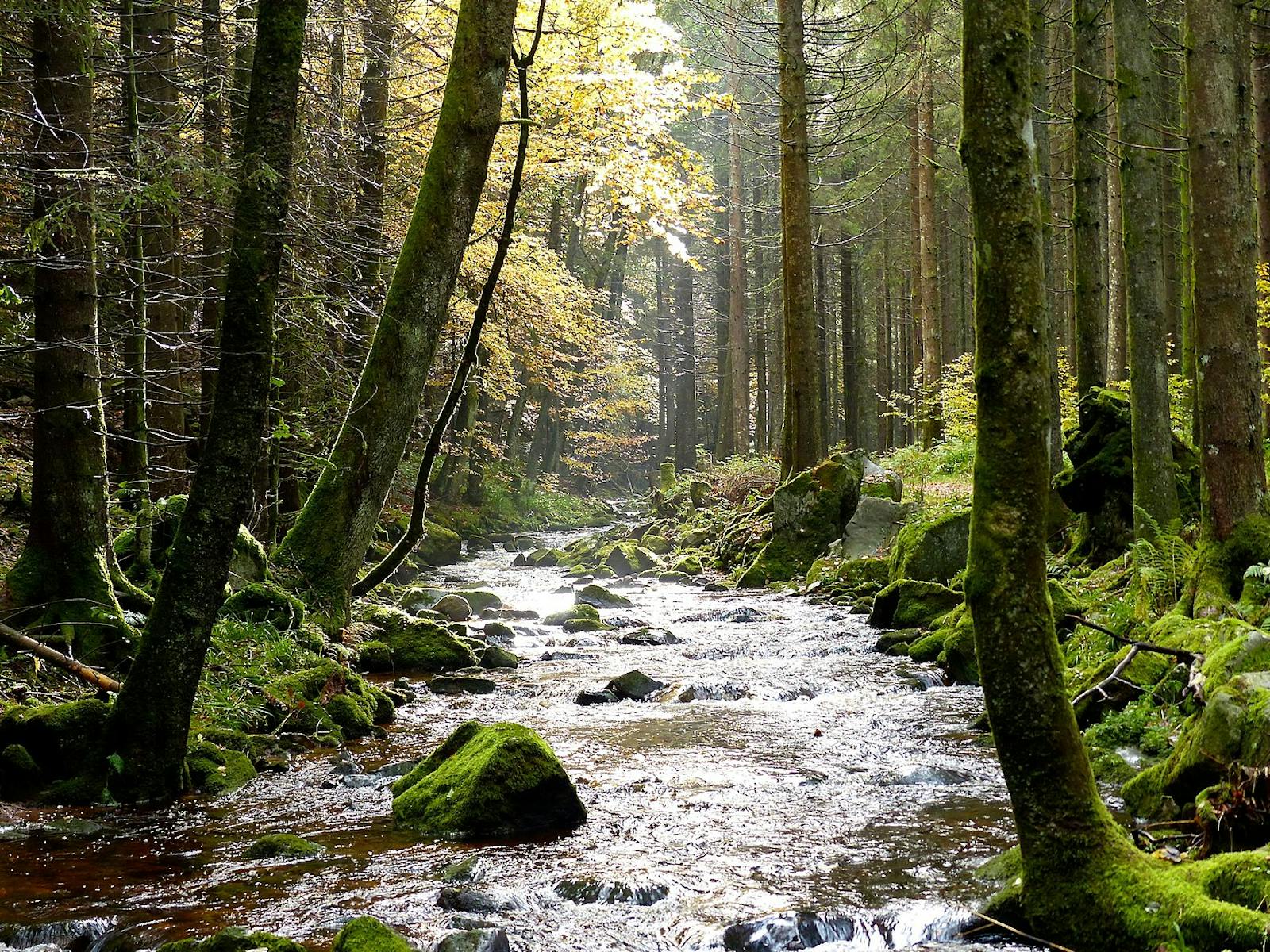
.png?auto=compress%2Cformat&w=300)

